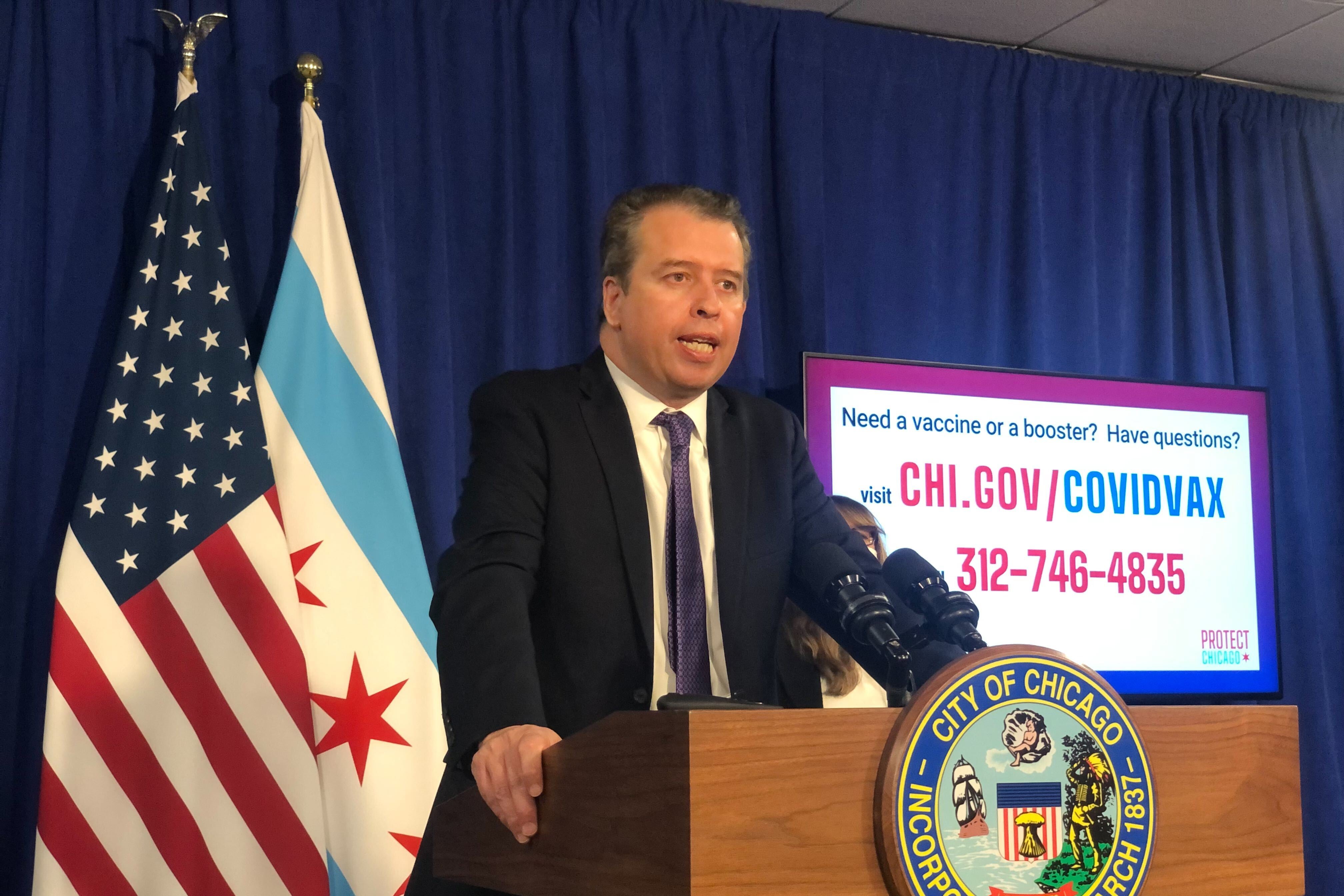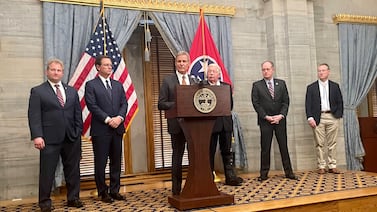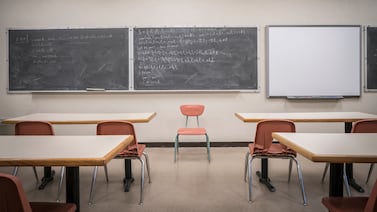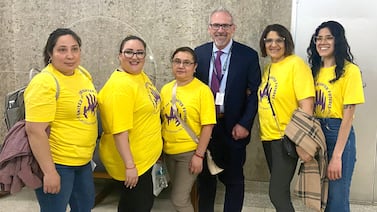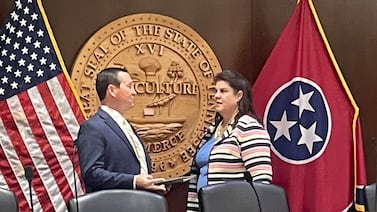Chicago Public Schools officials said Tuesday they plan to increase the amount of money going directly to school campuses by about $150 million next school year, even as the district has contended with declining enrollment and a murkier financial outlook.
School budgets the district is unveiling to principals this week will grow by almost $1,000 per student — to about $12,740 on average districtwide. But enrollment losses and program changes will mean flat or smaller overall budgets on 18% of the district’s campuses, officials said in a briefing with reporters. On a per student basis, 9% of the city’s 500-plus district-run schools will see stagnant or reduced funding.
School principals will get their preliminary budgets Wednesday. They will have until May 4 to review and appeal their allocations with district officials. The district will not publicly release school budget amounts until after that process is complete.
Last year, about $4.6 billion of the district’s almost $9.5 billion budget went directly to schools. Roughly $2.5 billion went to districtwide programs and staff and $1.6 billion went to debt service and pension costs.
CEO Pedro Martinez faced intense criticism from the teachers union, principal association, and parent groups last year after initially announcing that about 40% of its schools would get smaller budgets, even as overall funding for schools increased by about $250 million. After that review process and the inclusion of some resources the district at first had budgeted in central pots, the portion of schools facing cuts dropped to 23%, and the overall amount of the cuts shrank.
The district this year is also sharing school budgets with principals about a month later than last year, when it touted a timely release as a way to help school leaders plan staffing and programs.
District officials said the bulk of the additional dollars — about $100 million — in next year’s school budgets will go toward hiring more special education teachers and paraprofessionals. The rest will fund added teaching positions, new support for English language learners amid an influx of newly arrived migrant students, and an increase in the district’s “equity grants” for underenrolled campuses. The district said contractual pay increases for staff are built into per-pupil funding schools receive.
In the briefing, Martinez stressed that next school year’s budgets represent a continued shift away from a funding approach that largely relied on school enrollment, but said enrollment should remain a factor.
“In a large school district where schools serve 40 students, 400 students, and even 4,000 students, enrollment simply has to play a role in our funding formula,” Martinez said.
Roughly 43% of the new budgets are determined by projected student numbers, with the remainder tied to schools’ student demographics, programs, and other factors.
“We’re slowly leaving student-based budgeting. Really what we’re trying to look at are the needs of our students,” Martinez said.
Martinez said he spoke with both Mayor Lori Lightfoot’s and Mayor-elect Brandon Johnson’s teams about the budgets. But he dismissed the idea that the mayoral runoff election and a desire to touch base with the incoming city administration led to the delay, which he said had more to do with his interest in consulting with principals and network chiefs.
Still, he said, “I am looking forward to working with the new mayor. I think we are going to have a champion who is going to help support us as we continue this fight with Springfield.”
Martinez was referring to a renewed push to lobby for increased funding from the state, which by its formula for “adequate” funding is shortchanging the district by more than $1 billion a year. The added funding next school year is coming from federal COVID relief dollars, which the district needs to spend by the fall of 2024.
The end of that unprecedented federal influx in funding is one factor complicating the district’s longer-term financial picture, along with pension cost increases and shifts in some costs from the city to the district as it transitions away from mayoral control.
The district is now serving more than 80,000 fewer students compared with a decade ago. After the loss of another 8,000 last year, Chicago Public Schools relinquished its spot as the country’s third-largest. Enrollment projections for next school year are not available yet, the district said.
Bogdana Chkoumbova, the district’s education chief, said the district will continue to pay for new investments this year related to its pandemic recovery push, including intervention teachers and tutors, teacher professional development, and expanded summer and after-school programs.
Officials said campuses serving primarily Black students, which already receive higher per pupil amounts, will see a more sizable average increases in per student funding: an additional $1,370 per student on average, for a total of $14,680, compared to about $10,000 at majority white and Asian American schools, up roughly $750 from last year.
The district will unveil its full budget in early summer. In this year’s district budget, almost 70% of funds went toward supporting schools, though the district put some dollars in central funds for professional development and other needs rather than directly into campus budgets. The remainder of the district budgets covers teacher pensions, expenses tied to its significant debt, and building upkeep costs.
The district is hosting a citywide meeting with local school council members on Monday to discuss the school budgets.
The Chicago Teachers Union said in a statement released Tuesday evening that it opposes any cuts to school budgets next school year and called on the district to break completely with budgeting tied to enrollment.
“While it is promising to see investments made by CPS in our schools, CPS leadership must prioritize sustainability and collaboration going forward — especially as the budgets are implemented across the city,” the statement said.
Safurat Giwa, the principal at Pershing Elementary Magnet School on the Near South Side, who joined the media briefing Tuesday, said she has appreciated district efforts to soften the impact of declining enrollment on schools like hers.
Despite serving fewer students, her campus got money for two additional teachers and an academic coach, who works with educators on improving their instruction. That allowed the school to avoid combining students from two grades in a single classroom. Smaller class sizes, including a ratio of 16 kindergarteners to a teacher, allowed for “really intensive and focused instruction,” Giwa said.
“I can’t tell you what a huge difference this makes for students,” she said, “especially in the early grades.”
Mila Koumpilova is Chalkbeat Chicago’s senior reporter covering Chicago Public Schools. Contact Mila at mkoumpilova@chalkbeat.org.


